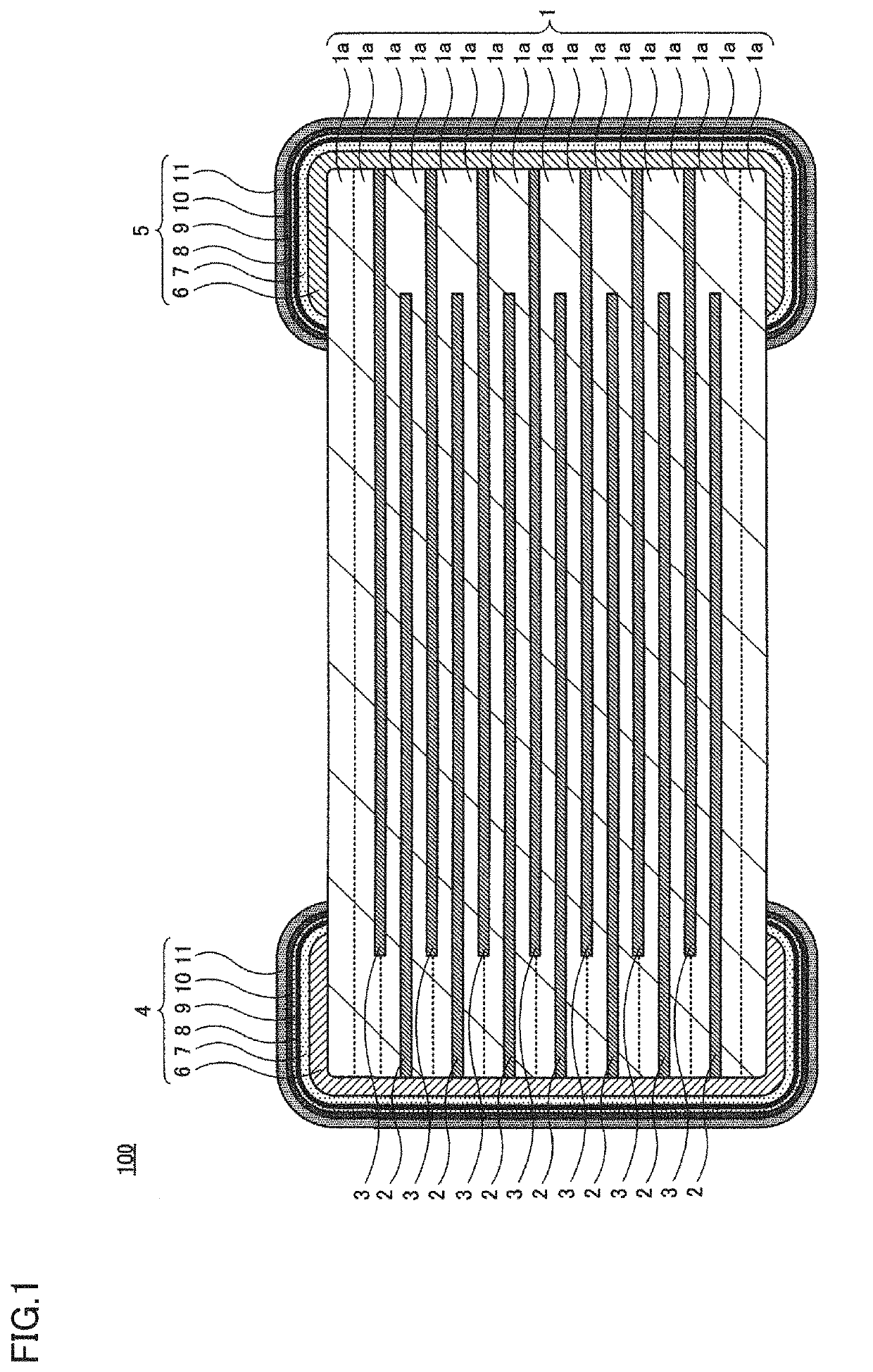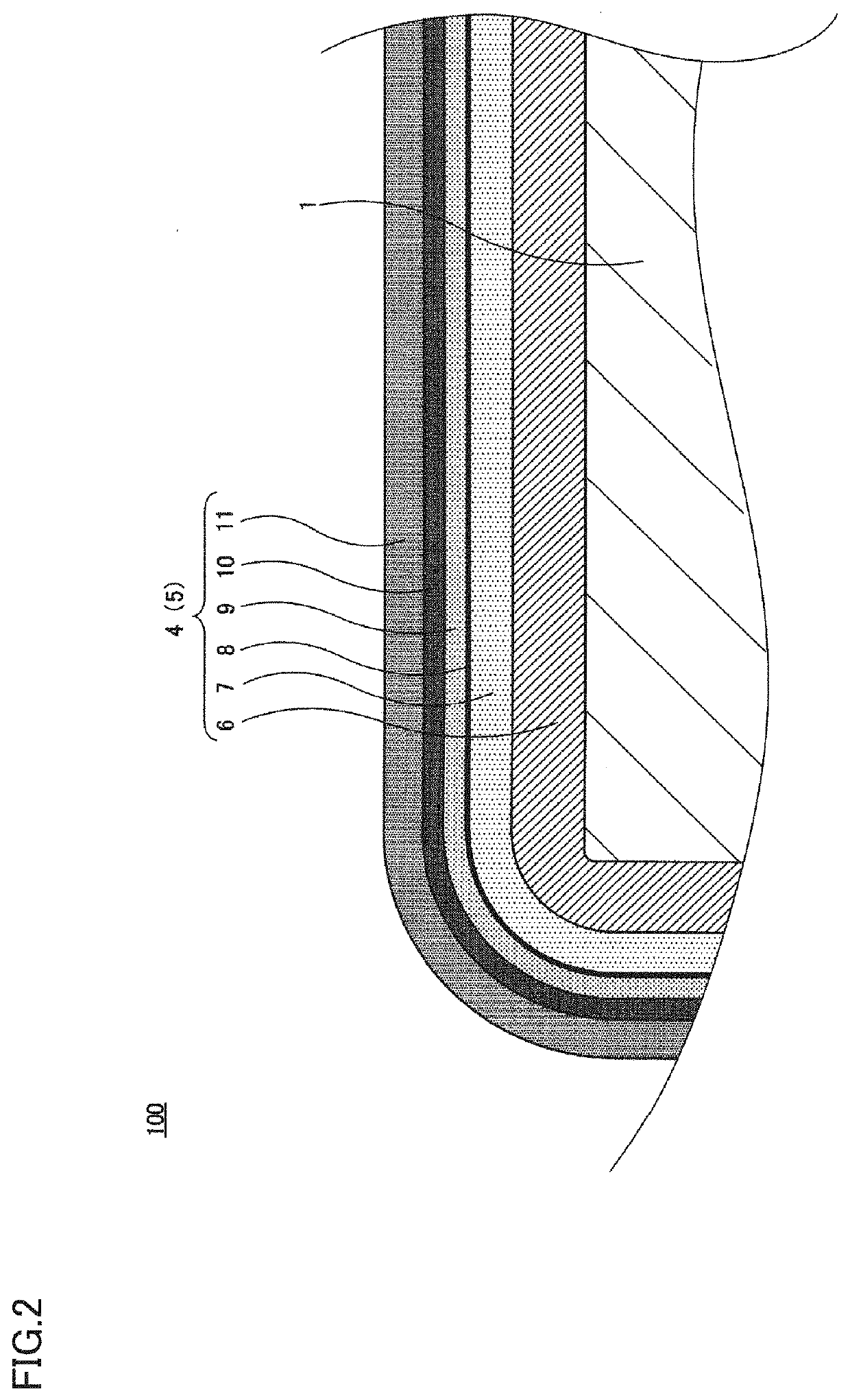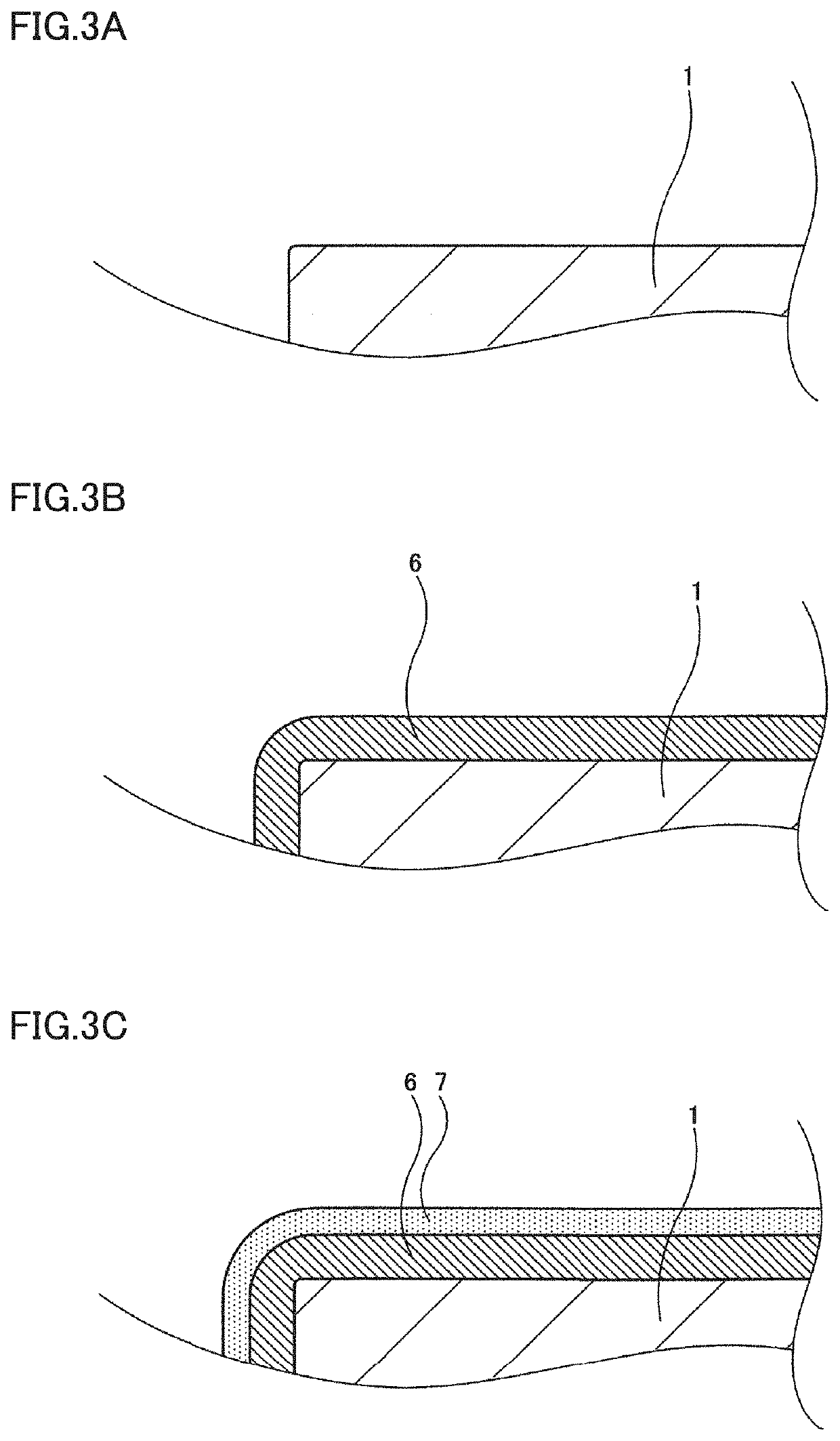Ceramic electronic component and method of manufacturing ceramic electronic component
- Summary
- Abstract
- Description
- Claims
- Application Information
AI Technical Summary
Benefits of technology
Problems solved by technology
Method used
Image
Examples
Embodiment Construction
[0024]Preferred embodiments of the present invention will be described below with reference to the drawings.
[0025]Each preferred embodiment exemplarily shows a preferred embodiment of the present invention, and the present invention is not limited to contents in each of the preferred embodiments. Contents described in different preferred embodiments can also be combined, and in that case, these contents are also encompassed in the present invention. The drawings help understanding of the specification and may be schematically drawn. A ratio of a dimension of a drawn component or components may not be equal to a ratio of the dimension described in the specification. Components described in the specification may be omitted in the drawings or may be drawn with the number thereof being reduced.
[0026]A multilayer ceramic capacitor will be described by way of example as a ceramic electronic component according to a preferred embodiment of the present invention. Any type of the ceramic ele...
PUM
| Property | Measurement | Unit |
|---|---|---|
| Temperature | aaaaa | aaaaa |
| Temperature | aaaaa | aaaaa |
| Fraction | aaaaa | aaaaa |
Abstract
Description
Claims
Application Information
 Login to View More
Login to View More - R&D
- Intellectual Property
- Life Sciences
- Materials
- Tech Scout
- Unparalleled Data Quality
- Higher Quality Content
- 60% Fewer Hallucinations
Browse by: Latest US Patents, China's latest patents, Technical Efficacy Thesaurus, Application Domain, Technology Topic, Popular Technical Reports.
© 2025 PatSnap. All rights reserved.Legal|Privacy policy|Modern Slavery Act Transparency Statement|Sitemap|About US| Contact US: help@patsnap.com



